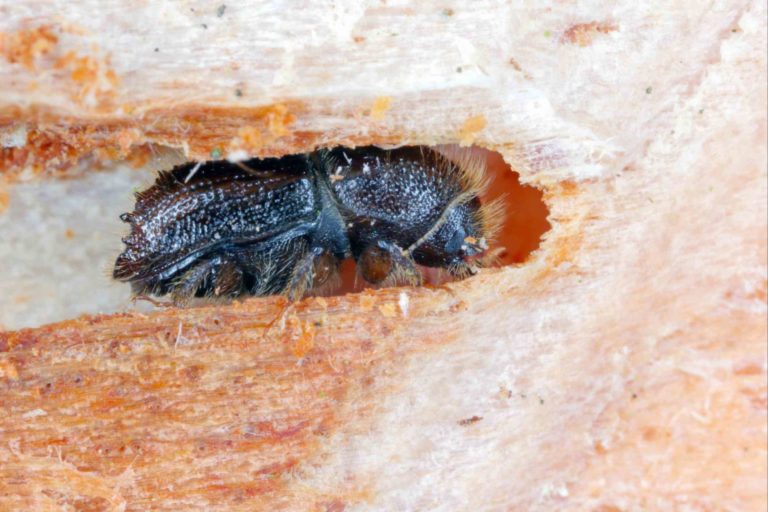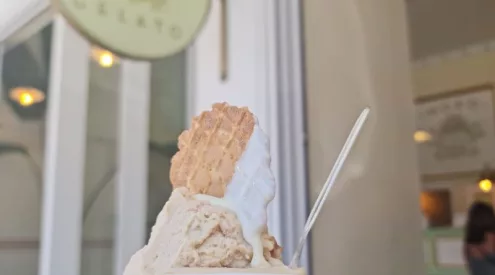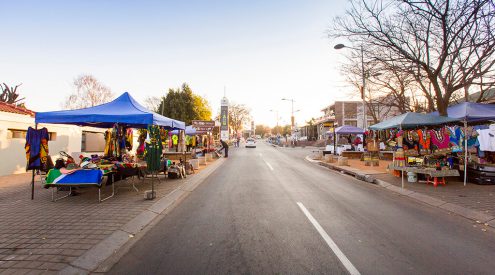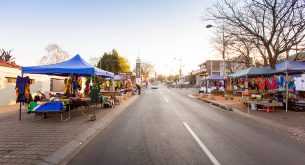The city of Cape Town has discovered an infested tree on a private property in Newlands and is working to prevent the spread of the Polyphagous Shot Hole Borer (PSHB) beetle.

Picture: Getty Images/ Tomasz Klejdysz
‘We are extremely concerned about this latest sighting in Newlands as to date we have managed to contain the invasive Asian borer beetle to the Somerset West area with the assistance and cooperation of residents,’ said the City’s Deputy Mayor and Mayoral Committee Member for Spatial Planning and Environment, Alderman Eddie Andrews in a statement.
This invasive beetle has threatened trees across South Africa and is the size of a sesame seed, approximately 2 mm in length. The PSHB beetle was first discovered in South Africa in 2017 and is native to Southeast Asia. It is believed that its most likely pathway is through the movement of infested wood from dead or dying PSHB-infested trees. The female PSHB beetle carries three species of fungi with her, including the pathogen Fusarium euwallaceae. She burrows into trees and introduces the fungus which kills the water-conducting tissues of the tree and can lead to branch dieback and eventually the death of the tree.
The City of Cape Town’s Invasive Species Unit has been working with local arborists and entomologists to develop a PSHB protocol for identifying, pruning, cutting down, removing, and disposing of infected PSHB wood.
‘I encourage residents in the Newlands area to please inspect the trees on their properties for possible beetle infestations, in particular Boxelders. Sightings must be reported to the City as soon as possible so that we can prevent the spreading,’ said Andrews
The PSHB beetle has invaded both exotic and indigenous trees in South Africa, including London plane trees, Liquidamber, Japanese maples, Chinese maples, pin oaks, and English oaks, as well as the Coast Coral tree, Forest Bushwillow, and the Cape willow. Burning infected wood is the preferred method for disposal, and chipping the wood into small pieces for composting is also recommended. The City of Cape Town has a website with more information about the PSHB beetle and a form to report sightings. The public is encouraged to work together to contain the spread of this damaging beetle.
How to report PSHB beetle sightings:
Information about the borer beetle is available on the City’s website; included are photos of infected trees and what symptoms to look out for.
Use the following link and click on ‘Invasive Tree Bug Awareness Notice’ for more information.
There is also a link to report a sighting to the City. Just give your details and the location of the infected tree and officials from the City’s Invasive Species Unit will conduct an investigation.
What to do:
- Burning the infected wood is the preferred method
- Chipping the wood into small pieces for compost is also recommended as the heat build-up in the composting process will kill the beetle
- Once the tree has been felled the debris should be cleared as soon as possible and if required, the area should be sanitised
- Infested plant material can be placed in refuse bags and sealed. The bags must be put in direct sunlight for solarisation as the heat from the sun helps to kill the beetle and its larvae
Best practice protocol:
The City of Cape Town’s Invasive Species Unit, in cooperation with the City’s Recreation and Parks Department, local arborists and the country’s top entomologists, developed a PSHB protocol which prescribes the best practice for how to remove and dispose of trees infested with PSHB.
The Polyphagous Shot Hole Borer Protocol is useful for identifying, pruning, cutting down, removing and disposing of infected PSHB wood.
Experiences in California, Israel, and closer to home – in Gauteng, have shown that the PSHB beetle can easily spread across suburbs if extra precaution is not taken. Apart from infested wood, the 2 mm big borer beetle can also spread through clothing, vehicle crevices, or unclean horticultural equipment.
The movement of infested wood is an important pathway for the spread of the beetle. Appropriate disposal of infested trees – by chipping and then incineration, solarisation, or composting – is therefore essential for reducing the spread of the pest.
The use of pesticides and fungicides has a limited effect. These may reduce the recolonisation rate in lightly infected trees, but have not proven effective at eradicating PSHB from infected trees.
Follow us on social media for more travel news, inspiration, and guides. You can also tag us to be featured.
TikTok | Instagram | Facebook | Twitter
ALSO READ: Bob released into the wild after 8 year recovery at Two Oceans Aquarium















